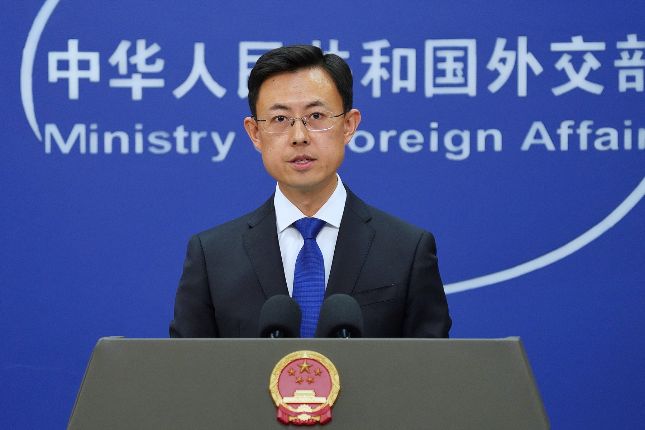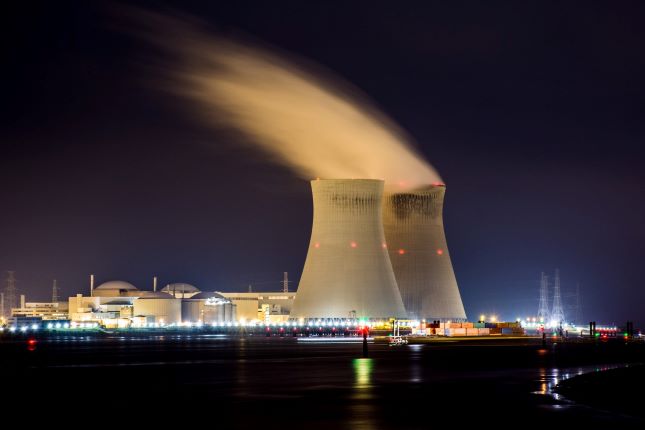Since July 3, the average global temperature (the temperature over Earth’s entire surface, averaged over 24 hours) has remained above the previous high of 16.92 degrees Celsius (62.46 degrees Fahrenheit) recorded in August 2016, according to preliminary data from the National Oceanic and Atmospheric Administration (NOAA).
Several regional temperature records have been set concurrently. Greece, Italy and Spain have seen new record high temperatures of 45 degrees Celsius (113 F). Temperatures in Tunis, the capital of Tunisia, have reached 49 degrees Celsius (120 F) and Algeria has witnessed temperatures of 51 degrees Celsius (just under 124 F). Much of the Mediterranean region is 5 degrees Celsius (9 F) above normal.
In the United States, high temperatures in Phoenix, Arizona have stayed above 43 degrees Celsius (110 F) for 21 days and above 32 degrees Celsius (90 F) for the past 70 days. On parts of the US-Mexico border, where thousands of migrants are seeking refuge in the US each day, temperatures have soared to more than 50 degrees C (122 F). At least 167 Mexicans have died as a result of the heatwave in Mexico, and an unknown number of refugees have been left to die in the scorching desert as they are refused entry into the US by customs and immigration authorities.
The two major factors of the current global heatwave are the onset of El Niño, a semi-regular pattern that warms the Pacific Ocean, and the formation of four high-pressure regions known as heat domes, which simultaneously trap heat over a region and prevent cooler weather from moving in.
The simultaneous heatwaves across the world are a direct result of global warming. The uncontrolled release of greenhouse gases, primarily carbon dioxide and methane, into Earth’s atmosphere by capitalist industry traps more and more energy from the Sun, increasing temperatures globally and causing weather extremes regionally. From longer and more intense heatwaves, wildfires and droughts, to more powerful hurricanes and, in contradictory fashion, to more frigid polar vortexes and torrential flooding.
The ongoing heatwave in South Asia that peaked in April and May serves as an example of the stark dangers of climate change. In the past, the severe heat that caused temperatures to reach above 50 degrees Celsius (120 F) in Thailand and which killed 13 people in a single day in India would have been characterized as a “once-in-200-years” event. Now, such events are 30 times more likely to occur each year as they were before global temperatures began to rise. And if temperatures continue to rise as they have, such heatwaves could occur in South Asia once every two years.
Heatwaves are among the deadliest extreme weather events. Tens of thousands of people worldwide die every year from dehydration and heatstroke. Extremely dry air can prevent sweat from forming on the skin, stopping one of the human body’s main mechanisms for cooling itself. Extreme humidity can prevent heat from properly radiating. And both are especially deadly for those who work in construction, agriculture and other essential outdoor jobs, where employers often do not provide adequate breaks, shade and water, all of which would eat into their profits, although these are absolutely vital for workers to stave off the many dangers caused by working in high temperatures.
And while the dangers of spewing more greenhouse gases into the atmosphere have been known for more than a century, the world’s capitalist governments have proven completely incapable of resolving the crisis. It is not that the various ruling elites are incapable of seeing the crisis—though, of course, there are the particularly right-wing climate-change deniers in every country—but that global warming, a fundamentally international problem, cannot be resolved within the framework of the existence of rival capitalist nation-states.
The recent visit by John Kerry, the US special climate envoy, to China to reopen climate talks between the two countries, is an expression of this contradiction. For three days last week, Kerry met with his Chinese counterpart, Xie Zhenhua, amid one of the worst global heatwaves ever recorded, and yet were able to come away with no concrete results to deal with the crisis. Kerry was at best limited to calling the talks “productive.”
Productive toward what? These talks were the first between the two countries in a year, a delay resulting from Nancy Pelosi’s visit to Taiwan in 2022, when she was still Speaker of the House. That visit further undermined the “one-China” policy that had been acknowledged by the US until the Trump administration, and further encouraged Taiwanese separatism in an effort to goad China into a confrontational military response. To reinforce her ability to travel to Taiwan, which Chinese officials repeatedly warned they would “stop,” Pelosi was accompanied by a full US aircraft carrier battle group. The provocation risked inciting world war with a nuclear-armed power.
Since then, top US generals have been beating the war drums in the Pacific, with Air Force General Michael Minihan even asserting that the US will be at war with China over Taiwan by 2025. Under such conditions, any talk of US-China cooperation in the global climate crisis is entirely fanciful.
The discussions between Kerry and Xie addressed rival economic interests as well. The longstanding US position is that China must reduce its consumption of coal, which has powered much of China’s growth in recent decades. In contrast, China asserts that emission reduction targets should focus on cumulative historic emissions, which would especially target the greenhouse gas emissions of countries which industrialized earlier, in Europe and North America.
In other words, the main focus of the talks is not about fighting global warming by the two countries that emit the most greenhouse gases, but using the ongoing and accelerating climate crisis as another lever in geopolitical maneuvering which carries with it the danger of a US-China war instigated by Washington.
These objective contradictions are why no faith can be placed in agreements between the various capitalist powers, much less nationally based “Green New Deals” in the US or elsewhere. Global warming is a fundamentally international problem that requires the mobilization of the only fundamentally international social force, the working class. The solution is not merely scientific, but political: in overthrowing the social order—capitalism and the profit motive—that has created the vast ecological devastation humanity is now confronting, and replacing it with a higher society based on rational planning and a scientific restructuring of the world’s economy to meet human needs, on a socialist basis.
Photo: A digital billboard displays an unofficial temperature, Monday, July 17, 2023, in downtown Phoenix © AP Photo / Matt York.
Source: World Socialist Web Site.
































